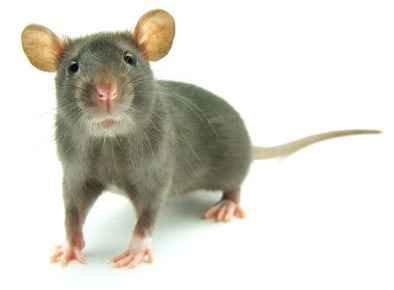Treats are a rats friend.
When I first got my first rat, one of my goals was to train him to come when I call him.
After letting him settle into his new cage, I started giving him pieces of food just to get him used to being around me and coming up to my hand.
You’ll know he’s ready for this step when he starts looking at you for treats while inside the cage.
I moved from handing him treats inside the cage to calling his name and holding up a treat. I leave the cage door open so that he can easily climb in and out.
Rat training does not happen overnight
With everyday socialization and frequent playtime, he learned to come to me when I call him.
If you set the expectation to train your rat overnight, you will be sorely disappointed.
Training should remain fun and short. Practice a little bit every day and make it fun for your rats. Before you know it, they will be picking up new tricks before you know it.

Steps to Training to Come When Called
Get your rat used to your hand and be around you. Use his/her name frequently so that he knows it. Give him treats to entice him to socialize with you.
Once he’s used to you and taking treats from you, stop giving him treats. Sit a short distance away and hold up a treat for him. Call his name until he walks up to you and takes the treat.
Repeat this technique for several days, increasing the distance each time. Once you have no problems getting him to come to you, gradually eliminate the treats.





Leave a Reply
You must be logged in to post a comment.